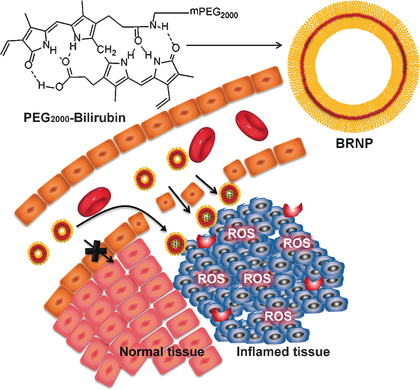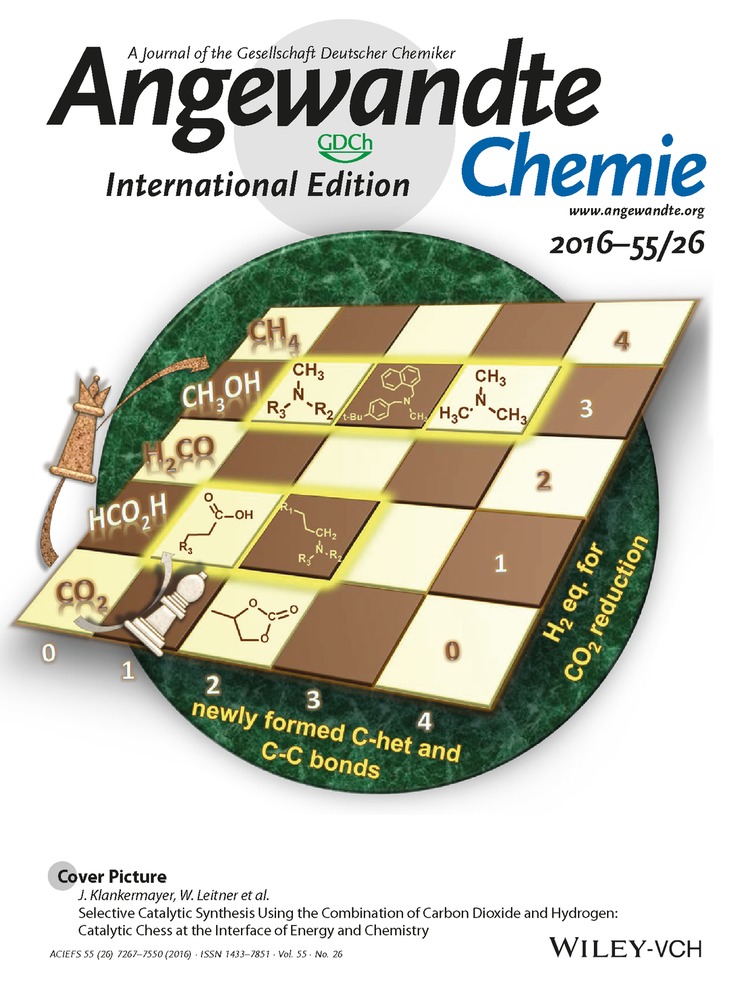Bilirubin Nanoparticles as a Nanomedicine for Anti-inflammation Therapy
Graphical Abstract
Bilirubin, a nanomedicine for inflammatory diseases: Bilirubin, a highly potent anti-inflammatory but extremely water insoluble compound, is converted into nanoparticles by simply introducing PEG. The resultant bilirubin nanoparticles show potential as a nanomedicine in anti-inflammation therapy. ROS=reactive oxygen species, BRNP=Bilirubin nanoparticle.
Abstract
Despite the high potency of bilirubin as an endogenous anti-inflammatory compound, its clinical translation has been hampered because of its insolubility in water. Bilirubin-based nanoparticles that may overcome this critical issue are presented. A polyethylene glycol compound (PEG) was covalently attached to bilirubin, yielding PEGylated bilirubin (PEG-BR). The PEG-BR self-assembled into nanoscale particles with a size of approximately 110 nm, termed bilirubin nanoparticles (BRNPs). BRNPs are highly efficient hydrogen peroxide scavengers, thereby protecting cells from H2O2-induced cytotoxicity. In a murine model of ulcerative colitis, intravenous injection of BRNPs showed preferential accumulation of nanoparticles at the sites of inflammation and significantly inhibited the progression of acute inflammation in the colon. Taken together, BRNPs show potential for use as a therapeutic nanomedicine in various inflammatory diseases.





